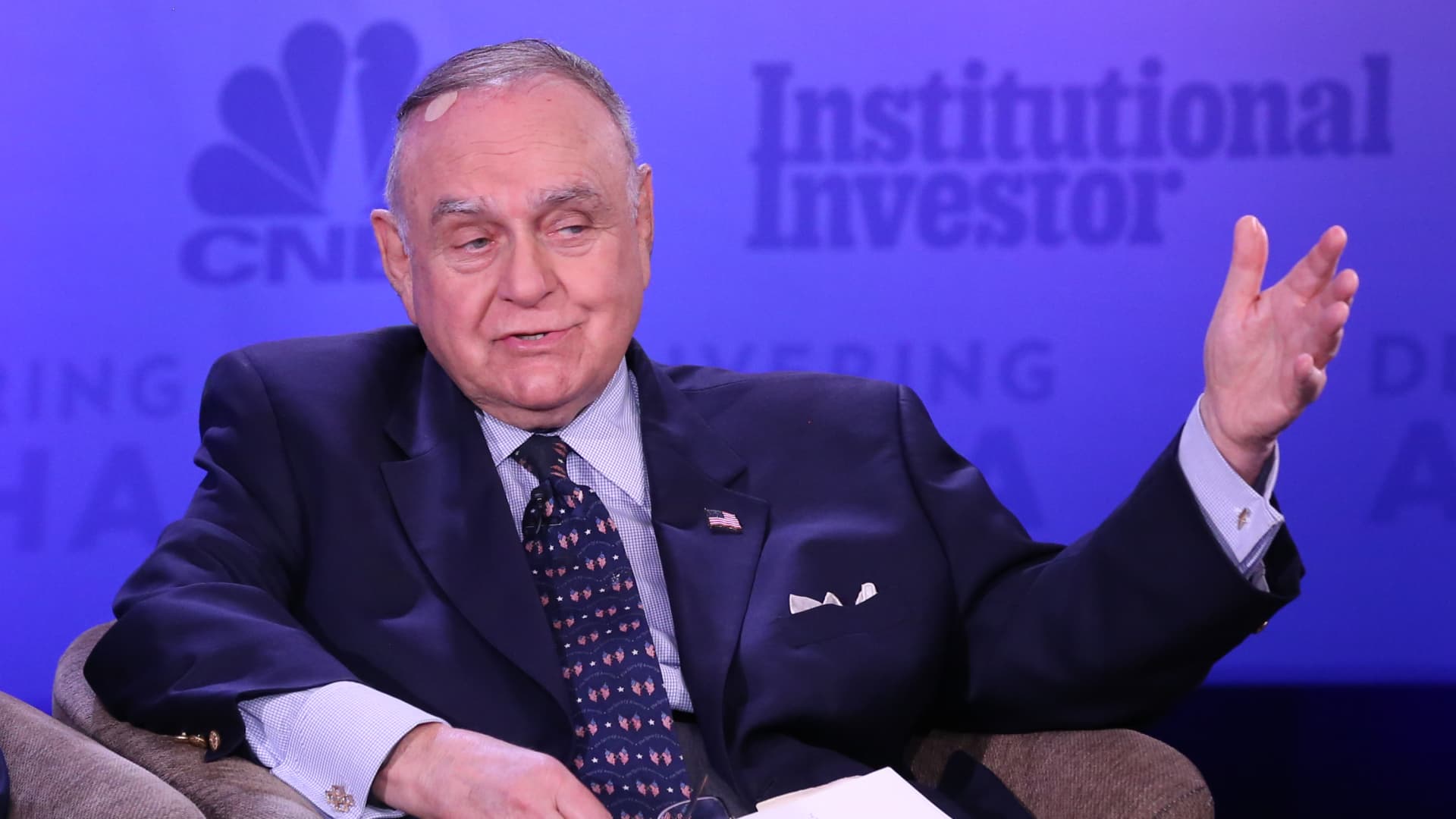Despite recent challenges in the commercial real estate space, one area has become surprisingly popular among institutional investors: retail.
As demand for office space has declined, retail seems to have picked up, despite a tumultuous 2023. According to the Wall Street Journal, private investors snagged $1 billion more in retail assets than they sold in the third quarter of last year.
Predictions for retail over the coming year are strong, with many expecting retail to be a bright spot in an otherwise lackluster CRE space.
Why Has Retail Remained Resilient?
Retail was a declining sector for many years, as enclosed malls shut down and many feared the rise of e-commerce would put an end to traditional shopping sprees. But retail has sprung back in the last few years since the pandemic. Despite being able to shop from the comfort of our couches, it seems shoppers still like to go to stores in person.
Even Bed Bath & Beyond and Rite Aid collapses were not enough to bring down retail. If anything, it helped free up prime real estate for retail companies. Landlords had no problem filling up the vacant stores, they told the Wall Street Journal.
Part of the reason the retail space is strong right now is due to consumer resilience. Despite declining activity during COVID-19 shutdowns and fears of a recession, consumer spending has been steady. Retail sales have surpassed pre-pandemic levels.
Luxury retail has also risen in the U.S. According to a report from PwC, tenant demand for luxury brands skyrocketed in the last 18 months. Many brands are looking to expand further into the U.S., brokers told the research and auditing firm, as Europe and the Middle East are saturated, and the Chinese economy is declining.
Another factor that has helped strengthen the retail space is the change in suburban migration. As hybrid and remote work have become the norm, more people are moving from urban areas to the suburbs. This, in turn, has driven demand for outdoor shopping centers such as community areas, strip malls, and grocery-anchored shopping centers. According to CoStar Group, these grocery-anchored centers account for 25% of retail inventory in the U.S. and have just a 6% vacancy rate, its lowest level in 20 years.
Will Retail Grow in 2024?
Analysts expect the retail real estate space to stay strong through 2024, especially for outdoor retail centers. High construction costs have meant less new development, which is likely to increase prices as demand surges. This has also contributed to the low vacancy rate for retail over the past few years.
Real estate firm CBRE expects the retail availability rate to end the year at 4.6%. And while it expects rent prices to dip below 2% in the first three quarters, prices will likely rise above 2% by the end of the year, the firm said.
With the Fed expected to cut rates as much as five times this year, this will likely ease the cost of borrowing, making retail and other real estate more appealing to investors.
Private equity firms are taking note, reports the Wall Street Journal. Many have been buying up retail properties since 2020, especially open-air centers. “You can buy open-air retail today with an immediate return on your purchase price in excess of your cost of debt,” Temerity Strategic Partners CEO Bruce Cohen told the Wall Street Journal.
Real estate investment trusts (REITs) are also taking note of the strength of the retail sector, as M&A activity picked up last year. Kimco Realty closed its acquisition of open-air shopping center owner RPT Realty on Jan. 2, while retail owner Regency Centers acquired Urstadt Biddle Properties in August 2023.
The Bottom Line
While commercial real estate is still in trouble, there appear to be opportunities for real estate investors in retail. Demand for retail space is expected to continue through 2024, although consumer spending could falter if higher interest rates continue.
Still, even with an economic correction, a decline in construction activity over the past few years means there’s strong demand for retail space. And with more people moving to areas with more space, suburban shopping centers are likely to remain in demand.
More from BiggerPockets: 2024 State of Real Estate Investing Report
After more than a decade of clearly favorable investing conditions, market dynamics have shifted. Conditions for investment are now more nuanced, and more uncertain. Download the 2024 State of Real Estate Investing report written by Dave Meyer, to find out which strategies and tactics are best suited to win in 2024.

Note By BiggerPockets: These are opinions written by the author and do not necessarily represent the opinions of BiggerPockets.







































